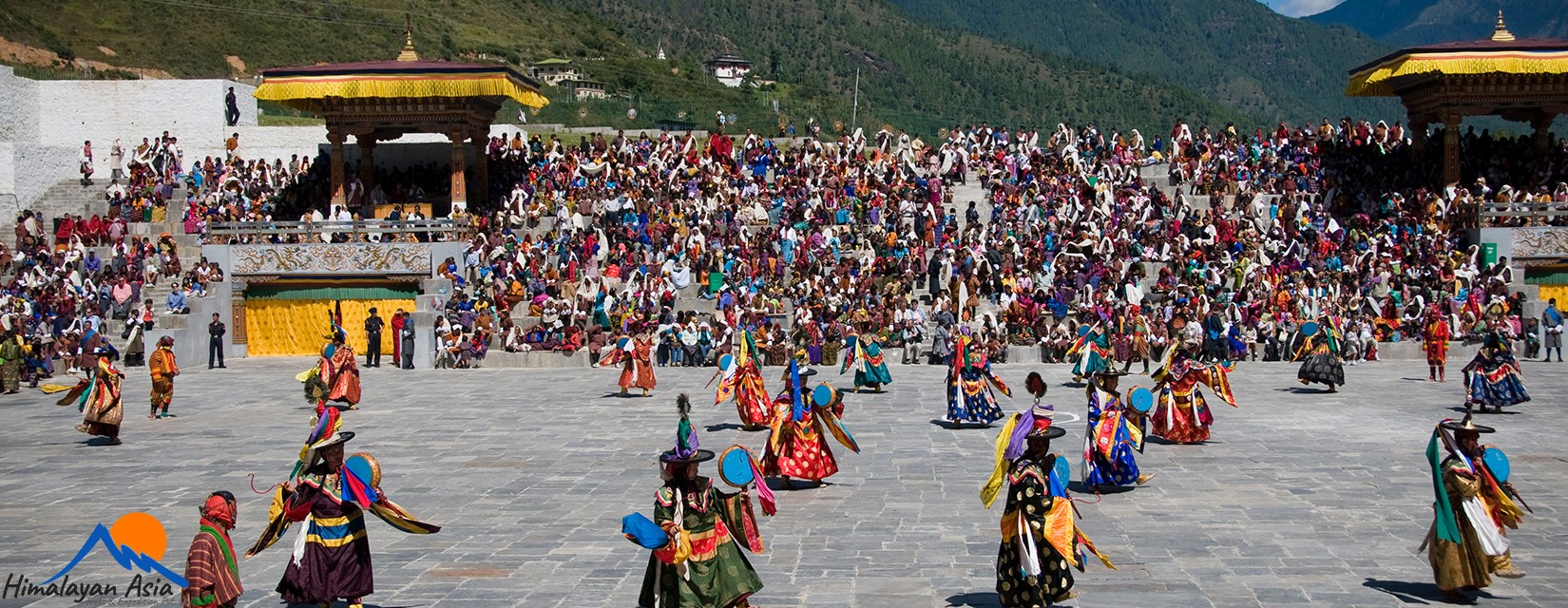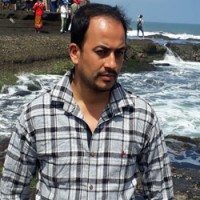About Thimphu Festival Tour from Nepal 2026 | Bhutan Festival Tour Package
Thimphu Festival : 2 Oct to 4th October 2025
Experience the vibrant Thimphu Festival Tour from Nepal, a journey into Bhutan’s rich cultural heritage. The Thimphu Tshechu Festival Tour is one of Bhutan’s grandest religious events, held in the capital city, offering a mesmerizing display of masked dances and traditional rituals. Our Bhutan Thimphu Festival Tour provides a well-crafted Thimphu Festival Tour Package, including flights, accommodations, and guided exploration. If you're searching for the best Bhutan festival tour from Nepal, the Thimphu Tshechu Festival 2025 is an unmissable event. Wondering about the best time for Thimphu Festival? The festival is celebrated annually in September or October, making it the ideal time to visit. Our Bhutan cultural tour from Nepal includes historical sites, monasteries, and breathtaking landscapes. If you're curious about how to visit Thimphu Festival from Nepal, our all-inclusive Nepal to Bhutan tour package covers everything, including permits and seamless travel arrangements. Check out the detailed Thimphu Tshechu Festival tour itinerary and discover the best Bhutan festival tour packages from Nepal tailored for an unforgettable experience. Want to know the cost of Thimphu Festival Tour from Nepal? Prices vary based on accommodation and itinerary, but we offer competitive rates. Book now and secure your flight from Nepal to Bhutan for Thimphu Festival to witness Bhutan’s most iconic celebration!
The Thimphu Festival Tour 2 Oct to 4th October 2025 organized by Himalayan Asia Treks is a truly captivating and culturally enriching experience that allows travelers to delve deep into the heart of Bhutan's rich heritage. Bhutan, often referred to as the "Land of the Thunder Dragon," is renowned for its pristine natural beauty and unique culture, and the Thimphu Festival, also known as Tsechu, is one of the most celebrated events in the country. This annual religious festival is a colorful showcase of Bhutanese traditions, featuring masked dances, sacred rituals, and vibrant parades. The tour begins with a warm welcome to the capital city, Thimphu, and then unfolds as an immersive journey through Bhutanese culture and spirituality.
Himalayan Asia Treks and Expedition P Ltd offers exclusive Thimphu festival tour packages that allow travelers to immerse themselves in the vibrant culture of Bhutan. The Thimphu Tshechu festival 2025 is a highlight of their Bhutan Festival Tours, providing an opportunity to witness traditional mask dances and religious rituals. For those looking to explore beyond the festivities, Travel Bhutan tours include a variety of Bhutan expeditions and Bhutan trekking packages, ensuring a comprehensive and unforgettable experience of the kingdom's natural and cultural treasures.
Travelers get the opportunity to witness monks and dancers in intricately detailed costumes and masks, performing age-old rituals that have been passed down through generations. The festival itself is a mesmerizing spectacle, but the tour also includes visits to important monasteries, fortresses, and museums, allowing participants to gain a comprehensive understanding of Bhutan's history and spirituality. The tour also offers insights into Bhutan's harmonious coexistence of tradition and modernity, as it combines festival experiences with exploration of Thimphu's contemporary lifestyle and markets. Himalayan Asia Treks ensures that travelers receive exceptional guidance and support throughout the journey, making it a seamless and enriching adventure into the heart of Bhutan. With the Thimphu Festival Tour, participants not only witness the grandeur of a sacred tradition but also become a part of it, creating memories and connections that will last a lifetime. This tour is a perfect blend of spirituality, culture, and natural beauty, providing an unforgettable travel experience in the enchanting Himalayan kingdom of Bhutan.
The Thimphu Festival, also known as the Thimphu Tsechu, is an annual religious festival held in the capital city of Bhutan. The festival is a celebration of Bhutanese culture and tradition and is a great way to experience the country's unique customs and heritage.
During the Thimphu Festival, monks and laypeople come together to perform traditional dances and songs, known as cham, in colorful costumes and elaborate masks. These performances tell stories from Buddhist mythology and provide insight into Bhutanese beliefs and values.
If you are interested in taking a Thimphu Festival tour, there are several travel companies that offer packages to Bhutan during this time. These tours typically include visits to other cultural sites and attractions, such as monasteries, temples, and scenic landscapes.
To ensure a smooth trip, it is recommended that you book your tour well in advance and obtain the necessary travel permits and visas for Bhutan. You should also be prepared for the high altitude and cool weather in Bhutan, especially during the winter months when the festival takes place.
Overall, a Thimphu Festival tour can be a once-in-a-lifetime experience, providing a unique opportunity to immerse yourself in Bhutanese culture and tradition.

